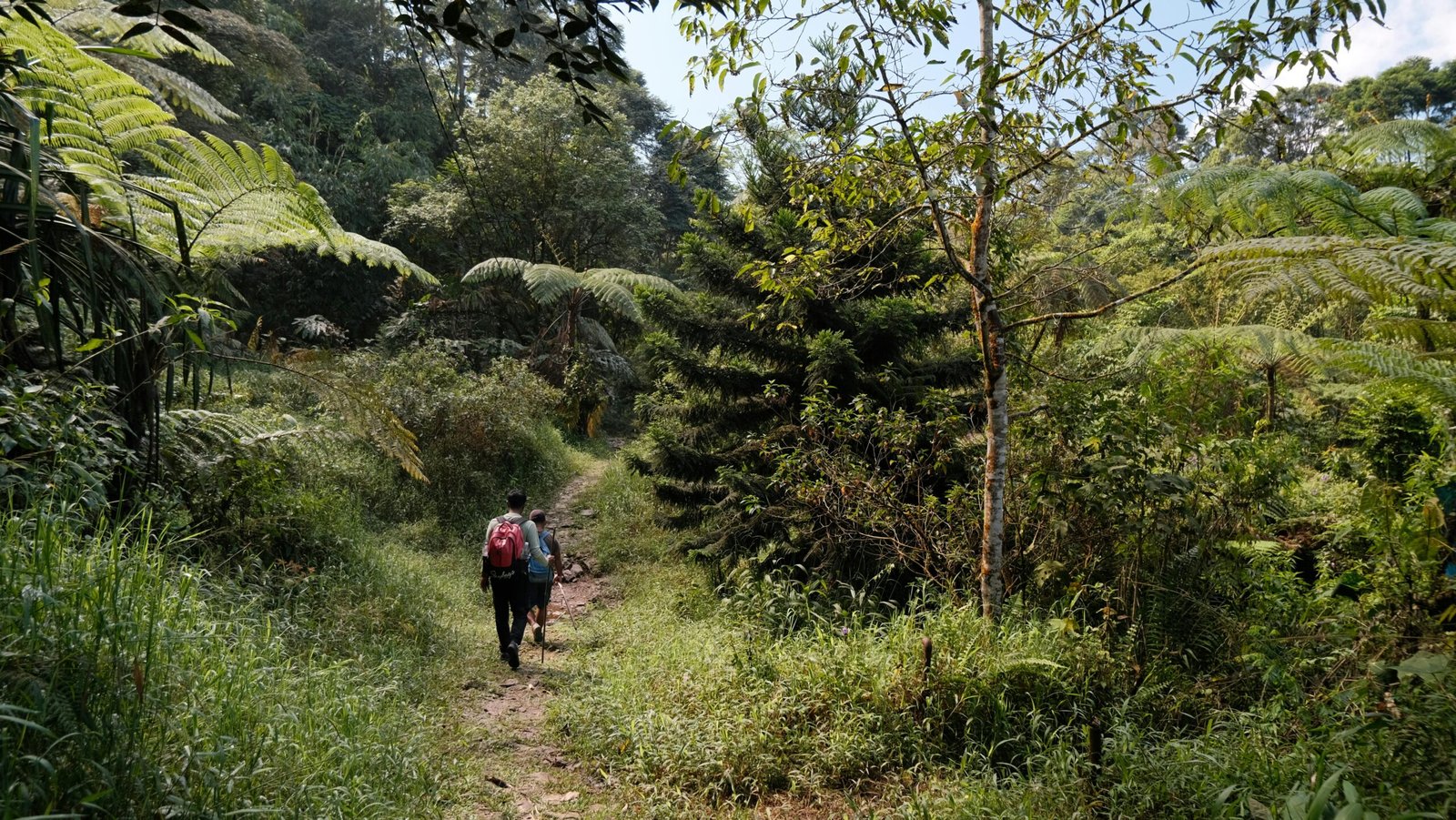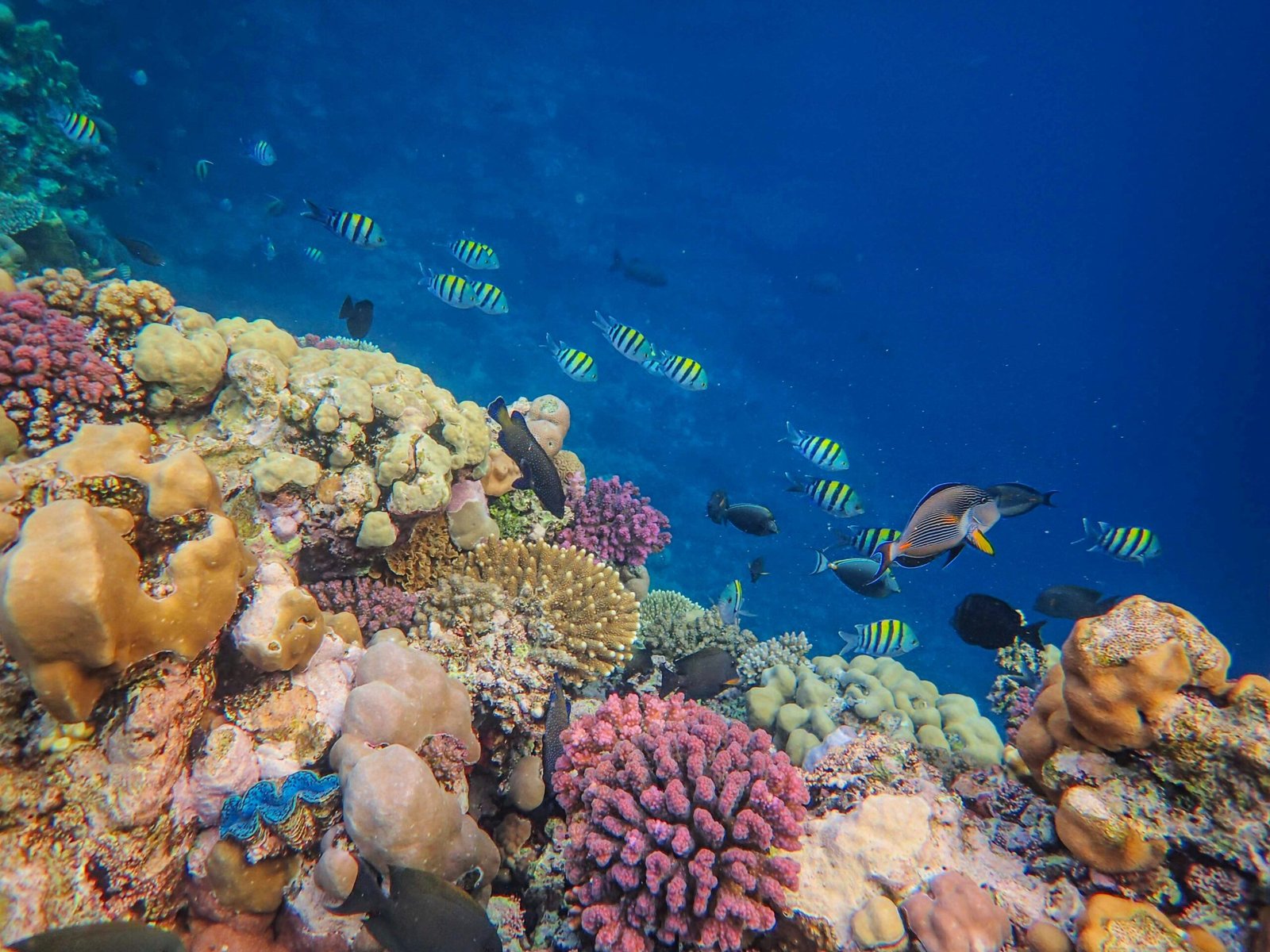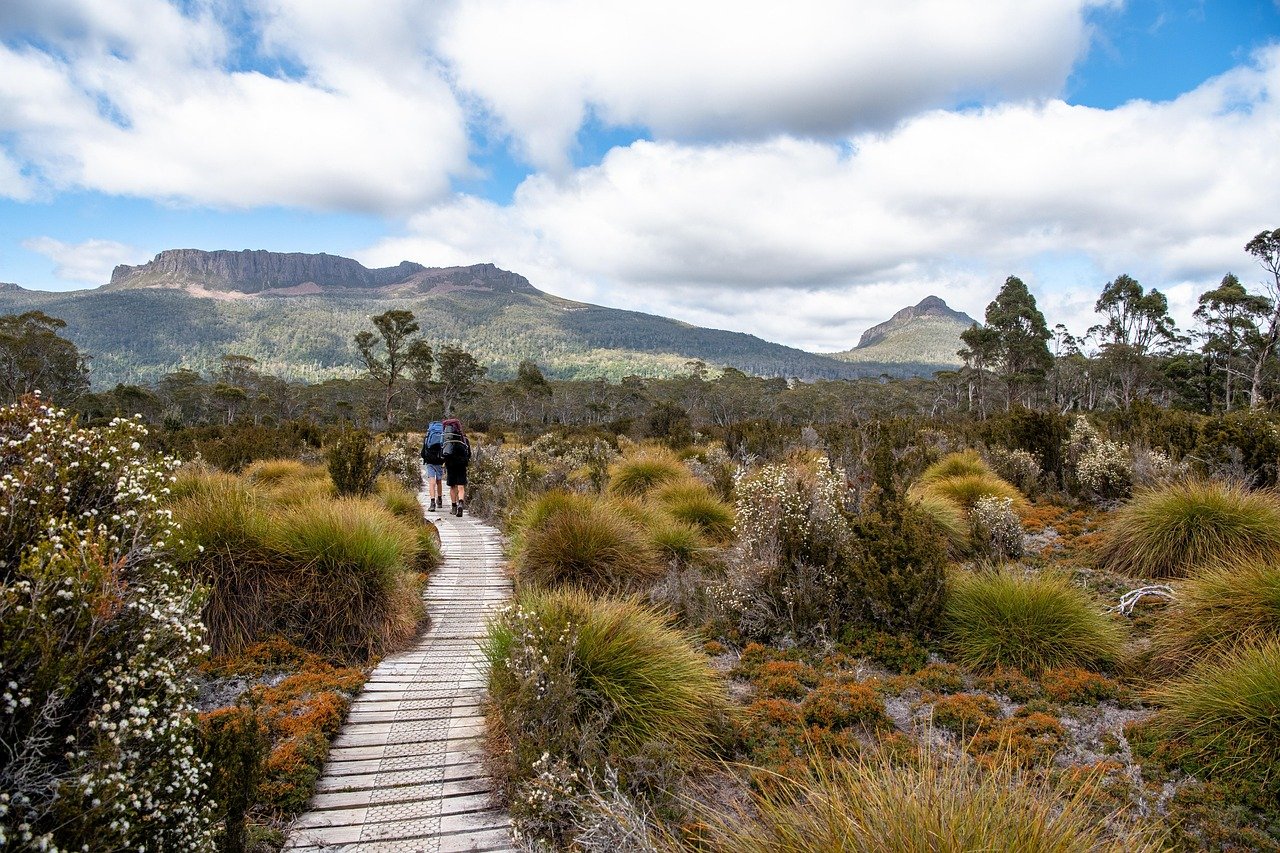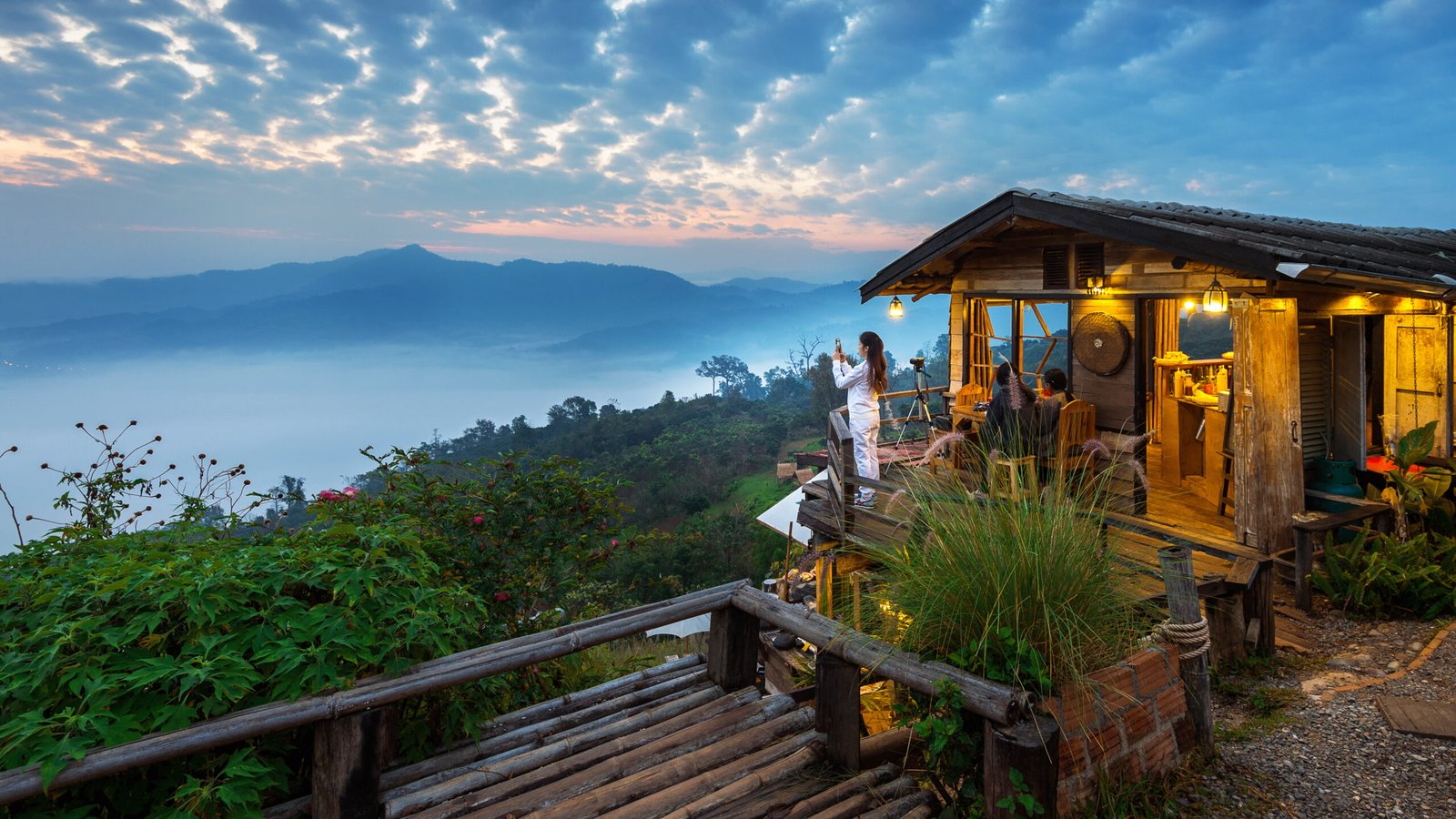Introduction
Traveling in 2025 is more than just exploring new places—it’s about making a positive impact. As we become more aware of our environmental footprint, sustainable travel destinations for 2025 are gaining popularity among eco-conscious adventurers. These hidden gems not only offer breathtaking beauty but also prioritize environmental protection, cultural preservation, and local community empowerment. From the misty cloud forests of Costa Rica to the carbon-negative landscapes of Bhutan, let’s explore seven underrated destinations that align with responsible tourism. Join us on this journey to travel smarter and support a better future for our planet!

Why Sustainable Travel Matters in 2025
Sustainable travel isn’t just a trend—it’s a necessity. With overtourism straining popular destinations, travelers are seeking alternatives that protect nature and uplift communities. In 2025, eco-friendly travel is reshaping the industry, encouraging us to choose destinations that prioritize green practices. According to recent data, 60% of travelers plan to prioritize sustainability this year, a 20% increase from 2024. By opting for sustainable travel destinations for 2025, you’re helping preserve ecosystems, supporting local economies, and ensuring cultural traditions thrive for generations.
Want to plan your trip on a budget? Check out Mastering Your Travel Budget and Planning for 2025 Adventures for eco-friendly budgeting tips.

1. Monteverde, Costa Rica: A Cloud Forest Haven
Monteverde, Costa Rica, is a sanctuary for nature lovers, offering a perfect blend of adventure and sustainability. Its cloud forests are a biodiversity hotspot, home to species like the resplendent quetzal and rare orchids.
Sustainable Stays in the Treetops
Stay at eco-lodges like Selvatura Lodge, where solar energy and rainwater harvesting are standard. Rooms start at $120 per night, blending comfort with minimal environmental impact. Alternatively, book a treehouse rental with Vrbo for a unique experience among the canopy.
Conservation Activities to Join
Monteverde offers guided tours to learn about its conservation efforts—think tree planting or wildlife monitoring. You can book these through Get Your Guide for $30–$50. The Monteverde Cloud Forest Reserve also educates visitors on protecting this fragile ecosystem.
Getting There Sustainably
Arrive in San José with Expedia, then book a transfer to Monteverde with Intui.travel. Local operators use hybrid vehicles to reduce emissions, making your journey greener.

2. Ljubljana, Slovenia: Europe’s Green Capital
Ljubljana, Slovenia, is a pioneer in sustainable urban travel, often called Europe’s greenest capital. Its car-free city center and commitment to eco-friendly practices make it a must-visit in 2025.
Car-Free Exploration
Wander the pedestrian-only city center, where you can explore landmarks like the Triple Bridge and Ljubljana Castle without the noise of traffic. Rent a bike for $5 a day to cover more ground sustainably.
Sustainable Dining Experiences
Dine at farm-to-table spots like Restavracija JB, where menus feature locally sourced ingredients—meals start at $20. Visit the Ljubljana Central Market to buy organic produce and support local farmers.
Eco-Friendly Stays
Book a green hotel like Hotel Park Ljubljana through Hotels, with rooms starting at $90 per night. They use renewable energy and compost waste, aligning with Ljubljana’s green ethos.
For more cultural travel ideas, see Cultural Travel in Africa for 2025.

3. Palawan, Philippines: A Marine Conservation Paradise
Palawan, Philippines, is a tropical haven where sustainability meets adventure. Its pristine beaches and coral reefs make it a leader in eco-tourism for 2025.
Marine Conservation Efforts
Palawan’s marine protected areas have revitalized coral reefs and boosted fish populations. Join a snorkeling tour with Get Your Guide to explore these vibrant ecosystems without harming them—tours start at $40.
Community-Based Island-Hopping
Choose operators like Palawan Eco-Tours, which employ locals and use low-impact boats for island-hopping. Stay in community-run cottages via Vrbo for $60 per night, ensuring your money supports the local economy.
Cultural Immersion
Engage with indigenous communities through cultural workshops, such as basket-weaving or traditional cooking classes, to learn about Palawan’s heritage.

4. Gothenburg, Sweden: A Model for Sustainable Cities
Gothenburg, Sweden, combines urban charm with sustainability, making it an ideal destination for eco-conscious travelers in 2025.
Zero-Waste Accommodations
Stay at Gothia Towers, a zero-waste hotel with rooms starting at $110 per night, bookable via Hotels. They recycle 90% of their waste and use renewable energy.
Green Public Transportation
Gothenburg’s award-winning public transport includes electric trams and buses—single tickets cost $3. Alternatively, rent a car for day trips with Economybookings.com to explore nearby eco-parks.
Urban Green Spaces
Visit the Garden Society Park, a serene oasis with sustainable gardening practices. Join an urban farming workshop to learn how Gothenburg grows its own food sustainably.

5. Bhutan: The Carbon-Negative Pioneer
Bhutan, a Himalayan kingdom, is the world’s only carbon-negative country, making it a beacon for sustainable travel in 2025.
High-Value, Low-Impact Tourism
Bhutan’s tourism model limits visitors through a daily tariff ($100/day), funding conservation projects. Book your trip through Expedia to ensure compliance with local regulations.
Sacred Natural Sites
Hike to the Tiger’s Nest Monastery, a spiritual site built sustainably with local materials. The trek costs $20 with a local guide, bookable via Viator.
Cultural Preservation
Participate in a Bhutanese festival like the Paro Tshechu to experience living traditions. Stay in a homestay via Vrbo to support local families directly.
For safety tips during your travels, check out Stay Safe on the Road: Essential Travel Safety Tips for 2025.

6. Tasmania, Australia: A Wilderness Conservation Leader
Tasmania, Australia, is a paradise for nature lovers, with a strong focus on wilderness conservation and renewable energy.
Renewable Energy Adventures
Visit Hydro Tasmania to learn about their hydroelectric projects—tours cost $15 via Get Your Guide. Tasmania generates 90% of its energy from renewables, reducing its carbon footprint.
Eco-Friendly Hiking
Hike the Overland Track in Cradle Mountain-Lake St Clair National Park, following sustainable trekking guidelines. Entry fees are $200, and you can book guided hikes with Viator.
Wildlife Protection
Support the Tasmanian Devil Conservation Program by visiting a sanctuary. Your $25 entry fee helps protect this iconic species.

7. Rwanda: Africa’s Regenerative Tourism Star
Rwanda is redefining sustainable travel in Africa through regenerative tourism, focusing on wildlife, communities, and eco-friendly practices.
Ethical Gorilla Trekking
Trek to see mountain gorillas in Volcanoes National Park—permits cost from $200, supporting conservation efforts. Book through Get Your Guide for a seamless experience.
Community-Owned Lodges
Stay at Kwita Izina Lodge, a community-run eco-lodge, for $150 per night via Vrbo. Profits fund local schools and healthcare.
Plastic-Free Initiatives
Rwanda’s plastic ban ensures clean landscapes. Support their efforts by using reusable items, available on Amazon.
Need visa help for Rwanda? See How to Navigate Visa and Documentation for International Travel in 2025.

How to Plan Your Sustainable Travel Adventure in 2025
Planning a sustainable trip is easier than you think. Start by choosing eco-friendly transportation—book flights with Expedia and offset your carbon footprint through their programs. For ground travel, opt for electric vehicles or public transport, and book transfers with Intui.travel. Stay in green-certified accommodations via Hotels or Vrbo, ensuring your lodging supports sustainability. Pack responsibly with reusable items from Amazon, like water bottles and cloth bags. Finally, use apps like EcoTraveler to track your environmental impact and find green activities with Get Your Guide.
For budget-friendly sustainable travel, explore Budget Travel in Southeast Asia for 2025.

Traveler Stories: Real Experiences in Sustainable Destinations
Hearing from fellow travelers can inspire your journey. Sarah, a 32-year-old teacher from Canada, visited Monteverde in 2024: “Staying at an eco-lodge and planting trees made me feel like I was giving back to nature—it was magical!” Similarly, Mark, a photographer from the UK, shared his Rwanda experience: “Gorilla trekking was a once-in-a-lifetime moment, and knowing my permit helped conservation efforts made it even more meaningful.” These stories remind us how sustainable travel creates lasting memories while supporting the planet.
The Future of Sustainable Travel: Trends to Watch
Looking ahead, sustainable travel is evolving. Regenerative tourism is on the rise, encouraging travelers to restore ecosystems—like joining beach cleanups in Palawan. Sustainable luxury is also trending, with eco-resorts in Bhutan offering high-end experiences with low impact. Technology is enhancing green travel—use virtual reality to preview destinations, reducing unnecessary trips, or download apps like Green Globe to find certified eco-spots.

Conclusion
Exploring sustainable travel destinations for 2025 is a powerful way to travel responsibly while discovering hidden gems. From Monteverde’s cloud forests to Rwanda’s gorilla treks, these destinations show how tourism can benefit the planet and its people. Take the first step today—book your eco-friendly flights with Expedia, secure a green stay with Vrbo, and plan transfers with Intui.travel. Let’s make 2025 the year of sustainable adventures that leave a positive mark on the world!




